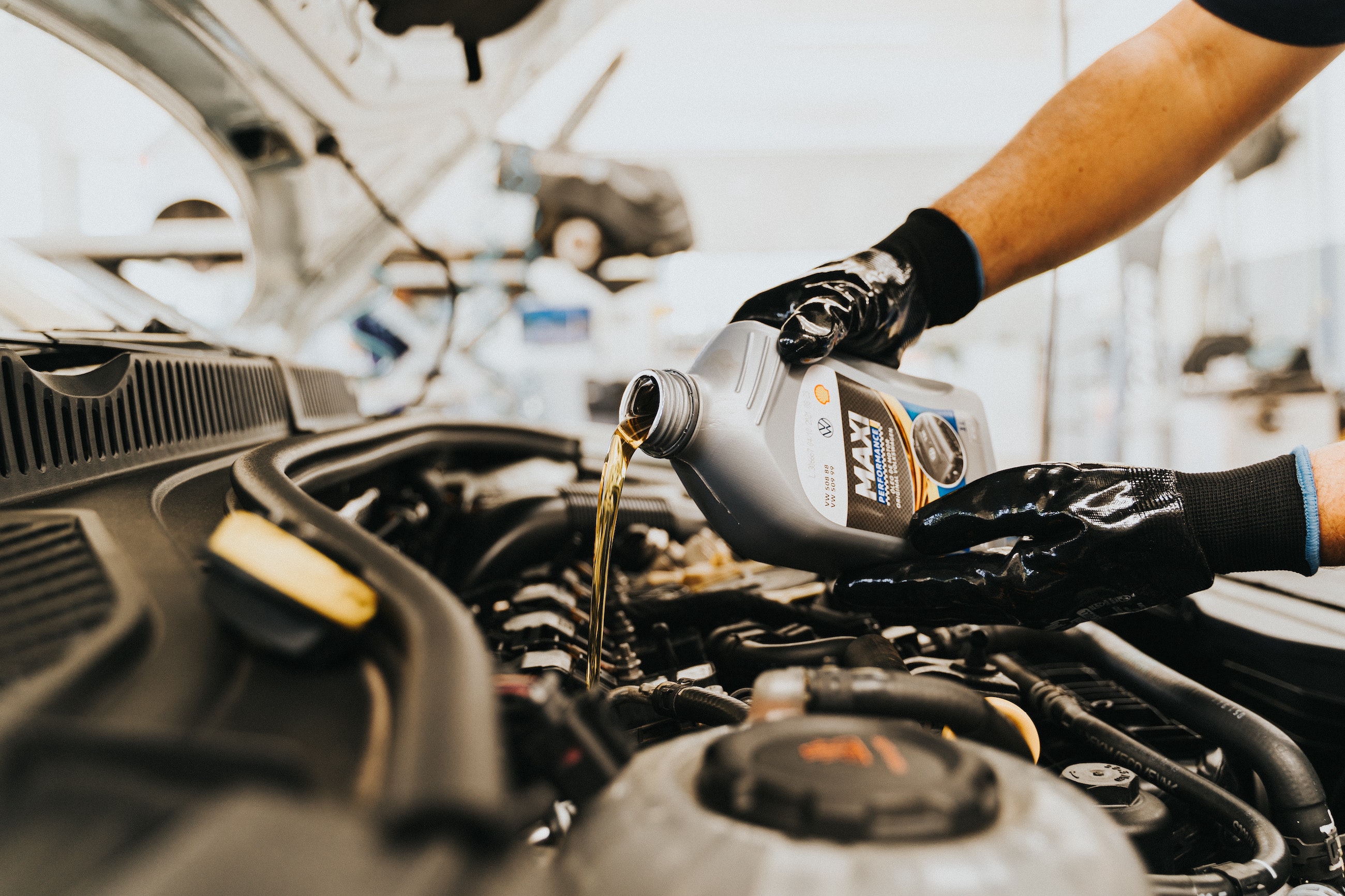
Articles
Automotive Maintenance Made Easy: How to Change the Oil in Your Car

Introduction:
Regularly changing the oil in your car is vital for its performance and longevity. While it may seem like a complex task, learning how to change the oil in your car can save you time and money. In this step-by-step guide, we'll walk you through the process of changing the oil like a pro, ensuring your car's engine stays healthy and running smoothly. Get ready to take charge of your automotive maintenance and keep your car in top shape!
Step 1: Gather the Necessary Tools and Supplies
- Collect the required tools and supplies, including an oil filter, new engine oil, an oil filter wrench, a socket set, a drain pan, gloves, a funnel, and a jack and jack stands (if necessary).
Step 2: Prepare Your Car
- Park your car on a level surface and engage the parking brake.
- If needed, use the jack and jack stands to elevate the front of the vehicle.
Step 3: Locate the Oil Drain Plug
- Locate the oil drain plug under the car's engine.
- Place the drain pan directly beneath the drain plug.
Step 4: Drain the Old Oil
- Use a socket wrench to loosen and remove the oil drain plug.
- Allow the old oil to drain completely into the drain pan.
- Once drained, replace the oil drain plug and tighten it securely.
Step 5: Replace the Oil Filter
- Locate the oil filter, typically near the oil drain plug.
- Use an oil filter wrench to remove the old oil filter.
- Apply a thin layer of new engine oil to the rubber gasket of the new oil filter.
- Install the new oil filter by hand, turning it clockwise until snug.
Step 6: Add Fresh Oil
- Locate the oil filler cap on top of the engine.
- Remove the cap and insert a funnel.
- Pour the recommended amount and type of new engine oil into the engine.
- Check the vehicle's manual for the correct oil capacity and viscosity.
- Once filled, replace the oil filler cap securely.
Step 7: Check the Oil Level
- Start the engine and let it run for a few minutes.
- Turn off the engine and wait for a few minutes to allow the oil to settle.
- Use the dipstick to check the oil level, ensuring it falls within the recommended range.
- If necessary, add more oil to reach the correct level.
Step 8: Clean Up and Dispose of Used Oil
- Wipe any spilled oil and clean the area surrounding the oil drain plug and oil filter.
- Dispose of the used oil and oil filter responsibly at a local recycling center or an authorized collection facility.
Step 9: Reset the Oil Change Indicator (if applicable)
- If your car has an oil change indicator, follow the manufacturer's instructions to reset it.
Step 10: Document and Schedule the Next Oil Change
- Keep a record of the date and mileage of the oil change for future reference.
- Consult your vehicle's manual or manufacturer's recommendations to determine the ideal interval for your next oil change.
Conclusion:
Congratulations on learning how to change the oil in your car like a pro! We hope this step-by-step guide has provided you with the skills and confidence to perform this essential automotive maintenance task. But why stop here? Imagine if your entire team had easy access to comprehensive SOPs (Standard Operating Procedures) for all the everyday tasks they encounter. That's where Trainual comes in.
Trainual is a powerful SOP documentation platform designed to streamline your team's operations, enhance productivity, and ensure consistency across your organization. By centralizing your company's knowledge and processes in one accessible location, Trainual empowers your team to work efficiently and effectively.
Take the next step and explore Trainual's features today. Say goodbye to scattered information and hello to a well-documented, easy-to-access resource hub. With Trainual, you can effortlessly create, update, and share SOPs, ensuring everyone is on the same page and tasks are performed seamlessly.
Start simplifying your team's workflows and revolutionize the way you work. Visit Trainual.com to discover how Trainual can transform your organization.
Remember, mastering one skill is just the beginning. With Trainual, you can unlock the full potential of your team by empowering them with standardized procedures and comprehensive knowledge. Embrace the power of SOPs and revolutionize your company's operations with Trainual.
Similar Blog Posts







